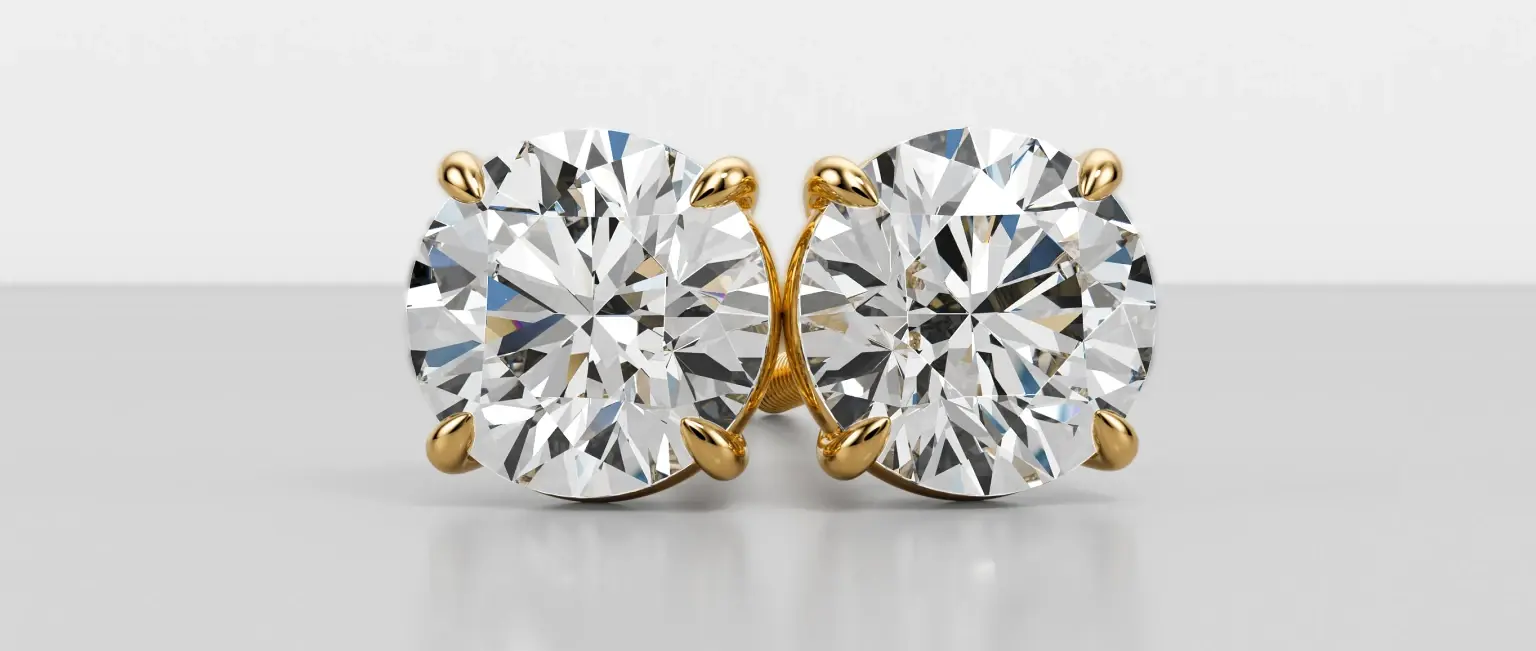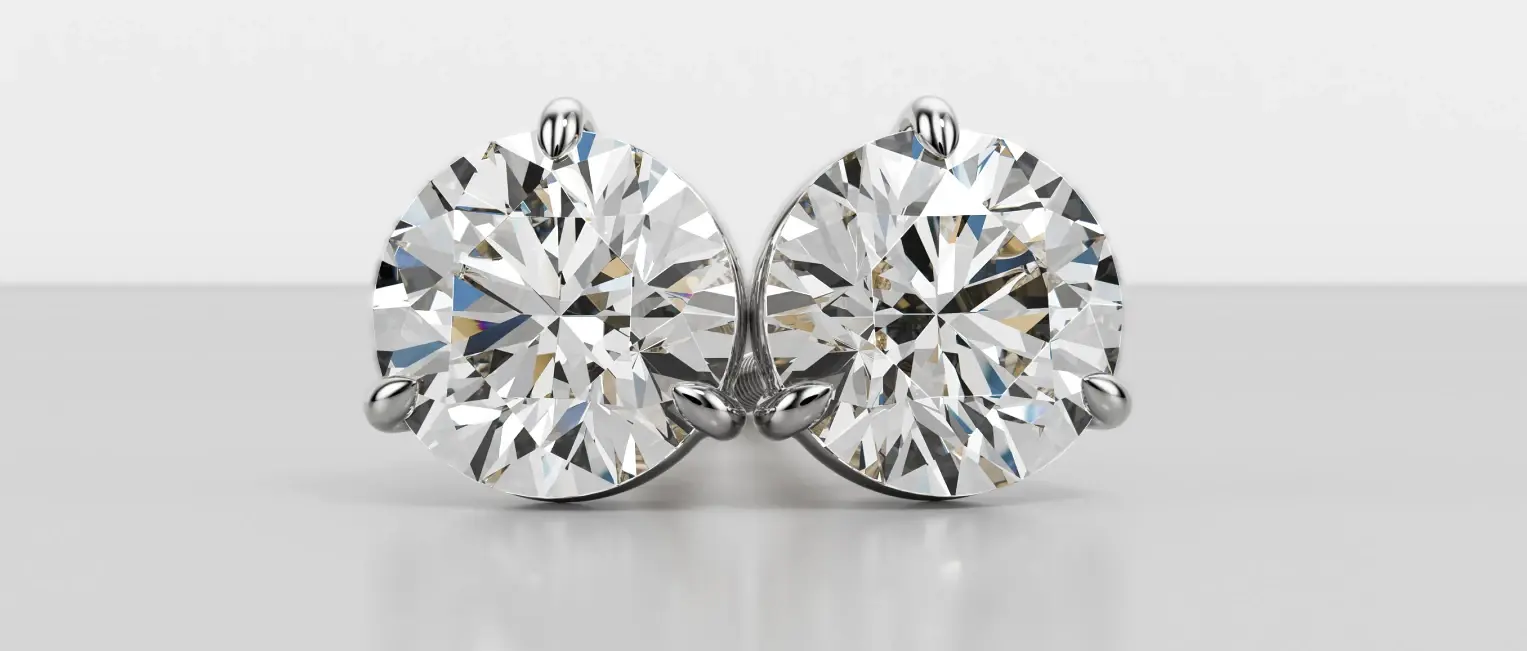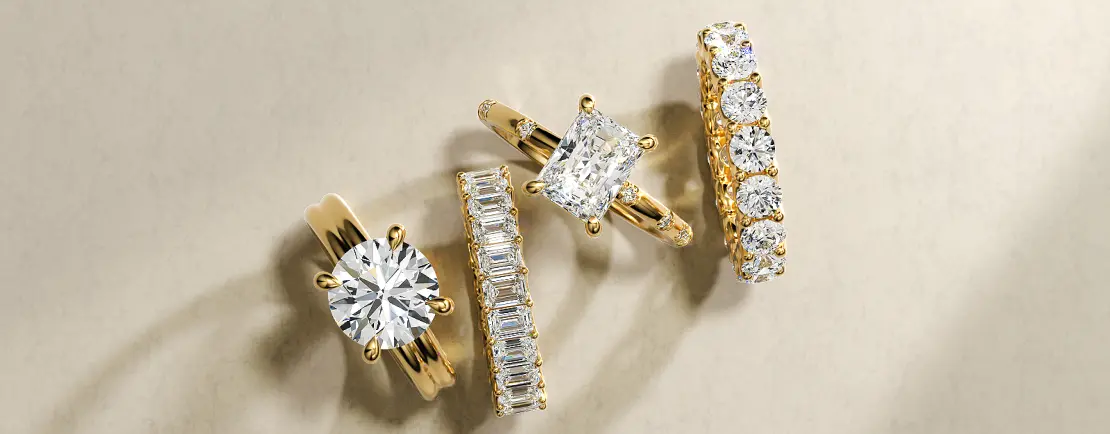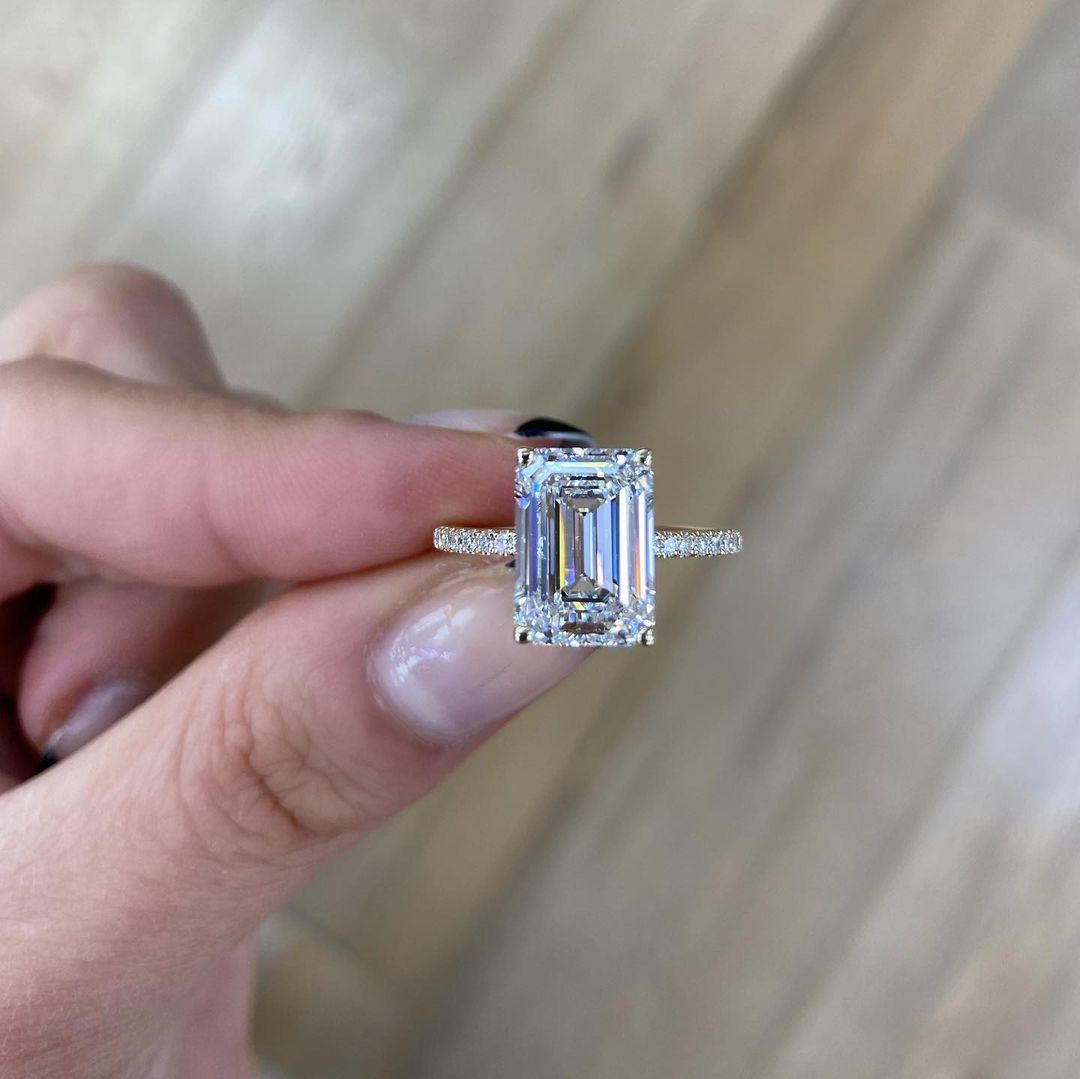The emerald cut diamond has been around for a long time, dating back to the 1500s. The emerald cut was originally created to reduce the pressure put on diamonds during the cutting process. This allowed diamond cutters to be able to avoid putting chips in the stones while they cut them.
However, the name for the emerald cut wasn’t solidified until the style rose in popularity, which didn’t happen until the 1920s. The art deco style of the decade celebrated sharp, clean lines, which the emerald cut diamond has an abundance of. This caused the diamond cut to become popular then, and it has been one of the most popular diamond cuts ever since!
In fact, many high-profile celebrities have chosen an emerald cut diamond for their rings. Angelina Jolie has a 16-carat emerald cut diamond ring, and Beyonce wears one that’s 18 carats! The elegant style of the cut makes it popular with celebrities which causes its popularity to continue in the general population as well!

- Ideal Table Percentage:53% - 68%
- Ideal Depth Percentage:64% - 71%
- Ideal Length to Width Ratio:1.30 – 1.50
With the beautiful step cut that an emerald cut diamond showcases, you want to make sure you choose the right setting for your diamond! Fortunately, there are some great options for you to choose from!
A prong-style setting, also known as a solitaire Setting to some, is a classic choice that many people enjoy. This type of setting gives you a plain band with your one diamond as the focal point of the ring. Plus, prongs are the least obstructive way to set a diamond, allowing the beauty of the stone to be visible from any angle.
Prong settings are especially great for a step cut stone like the emerald cut because it allows for a ton of light reflection, helping to create the “hall of mirrors” appearance that makes step cuts so unique. Depending on the size of your diamond, you can choose anywhere from four to eight prongs to make sure the stone is secure in its setting.
If you’re looking for a setting option that is more intricate than a solitaire, another popular option is pavé settings. These settings have many tiny diamonds essentially paving the band around the center diamond, adding extra sparkle to the ring. There are countless variations of pave settings, ranging from classic styles to more whimsical designs, giving you a bit more creative freedom when choosing one.
Another popular setting currently is a halo setting. Halos put your center stone in the middle of a ring of smaller accent diamonds. Halo settings are especially great for the emerald cut because they can help boost the sparkle that an emerald cut can lack.
Halo settings can also help to make your center stone look larger, which is nice if you purchase a smaller center stone. Not only that, but the halo setting can allow for better protection for your emerald cut diamond than a prong setting because all of the edges are protected.
As if the elegance of an emerald cut diamond wasn’t enough to convince you to purchase one, there are other great benefits of choosing this cut over another! Some of those benefits include:
- Emerald cut diamonds look larger than other cuts of the same size.
- Emerald cuts are more affordable than brilliant cut diamonds.
- They can make your finger look slimmer because of the elongated shape.
Emerald cut diamonds are classy, unique, and an elegant choice that showcases a step cut versus a brilliance cut. They are versatile, can be put in various beautiful settings, and can be more affordable than other popular diamond styles. If you’re looking for a diamond that will catch someone’s attention, the emerald cut is a perfect choice for you!






























